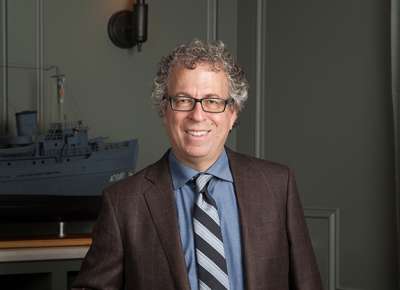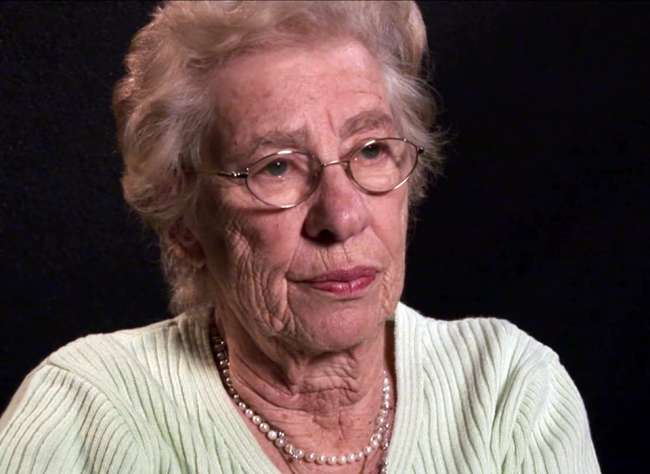International Holocaust Remembrance Day, January 27, is designated by the United Nations General Assembly. It’s a day for the international community and men and women of good will everywhere to call to mind the six million Jews and all the other victims killed by Adolf Hitler’s Third Reich. The specific event it commemorates is the liberation of the Auschwitz death camp by the Red Army in 1945.
To remember is to be human. And to remember the Holocaust is to stand in solidarity with the victims. The very act of calling the Holocaust to mind is, in a sense, a victory for humanity. If Hitler had succeeded in his genocidal plan, no one would be remembering it today. Indeed, as we read in the memoirs of those who suffered in Auschwitz and the other camps, their main fear was that, even if they survived to tell the tale, no one would believe them. Their Nazi tormentors told them as much. One prisoner at Auschwitz, Primo Levi, never forgot the cruel taunting by the guards—“No one will believe you or remember,” they told him, laughing in his face. It was a sadistic and dehumanizing act, an attempt to render the victims helpless and alone. Levi would remain haunted by that fear his entire life.
Thankfully, the Nazis failed in their quest, and on this day, the world remembers. We today are more fortunate than those living in the immediate postwar era. Then, the trauma was too fresh, too raw, and few survivors wished to testify to their ordeal. Indeed, the language didn’t even exist. The word “Holocaust” wouldn’t become common usage until some time had passed. A few voices eventually broke the silence, however: Anne Frank’s The Diary of a Young Girl appeared in the United States in 1952, followed by Elie Wiesel’s Night, and Primo Levi’s Survival in Auschwitz, still an astonishing book for its power, its brutal realism, and its humanity.
It took a while for the floodgates to open, but today we have an entire library of literature on Auschwitz, on the Jewish ghettos in Nazi-occupied Europe, and on the Holocaust in general. Anne Frank was not the only teenager to write her story. Many young Jewish victims of the Holocaust turned pen to paper during those horrible years: Petr Ginz, Moshe Flinker, Yitskhok Rudashevski, and many others.
And in January, a new diary from a survivor has been published. Sheindi Miller was 14 when Hitler targeted her for death at Auschwitz, but she kept a diary all the while she was in Auschwitz. She and the journal both survived, and now, at 90, she has decided to share her testimony with the world. The diary, written in Hungarian, recently went on display at the German History Museum in Berlin. Here’s hoping it will soon be translated into English to join all the other testimonies now available.
The human imagination can never truly fathom a place like Auschwitz without having been there. What we can do is stand with the victims and the sufferers and cry “Never again!” In the chilling ending to Night, Auschwitz survivor Wiesel describes looking into a mirror and seeing a corpse look back at him. On this day of the year, we must try to peer into that same mirror, to perceive the true depth of horror that human beings can inflict on one another. The survival of our civilization may depend on it.
Robert Citino, PhD
Robert Citino, PhD, is the former Samuel Zemurray Stone Senior Historian in the Jenny Craig Institute for the Study of War and Democracy.
Cite this article:
MLA Citation:
APA Citation:
Chicago Style Citation:






![Max Fuchs, New York City cantor, sings as Rabbi Sydney [sic] Lefkowitz, Richmond, VA, conducts the first Jewish services from Germany.](/sites/default/files/styles/max_650x650/public/2025-10/image1.jpg)


